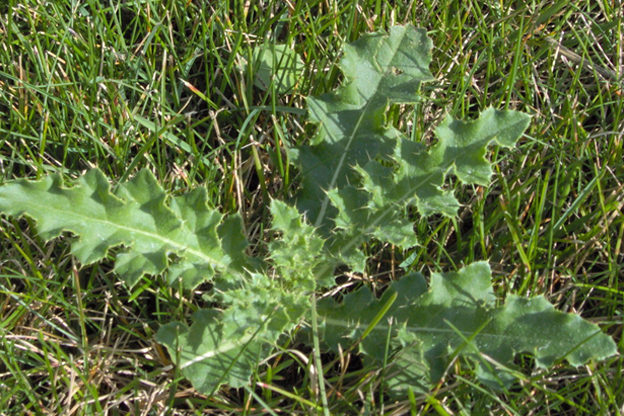
Thistle
What is Thistle?
Thistle can refer to several different species of broadleaf weed, but most commonly refers to “Canadian Thistle” which, ironically, is a misleading name since the plant is not actually from Canada. Canadian thistle is prickly all over, and can cause pain at the site of a sting. Though there are different types of thistle, the most recognizable type has a purple flower sprouting from a round bulb-like shape at the top of the stem.
These flowers, which are related to dandelions, turn into a very white hair-like puffs that help seeds float around the lawn and spread quickly.
How to Prevent Thistle
Thistle spreads quickly once it turns into a seed, so if you are removing thistles by hand make sure you do so long before the flower has changed. Thistle seed can also bury itself deeply, so aerating and seeding as much as possible will prevent thistle from receiving enough nutrients to grow.